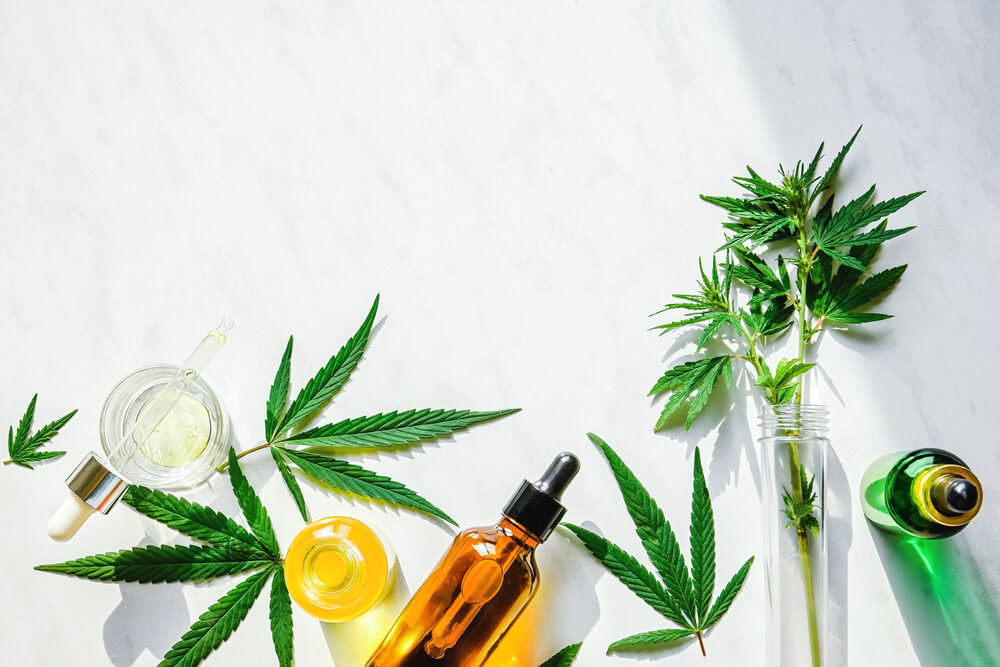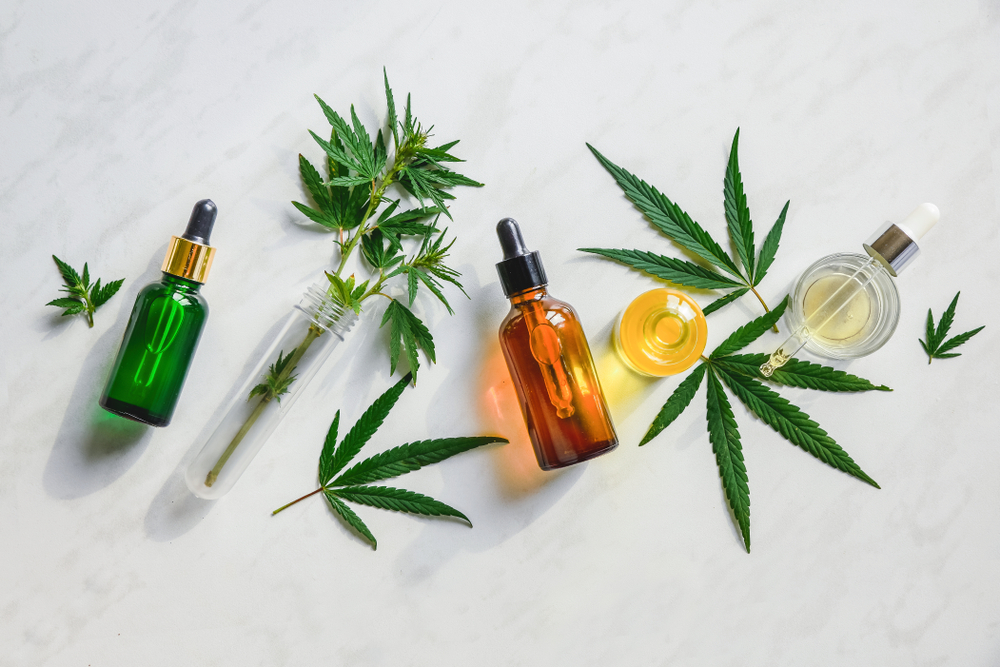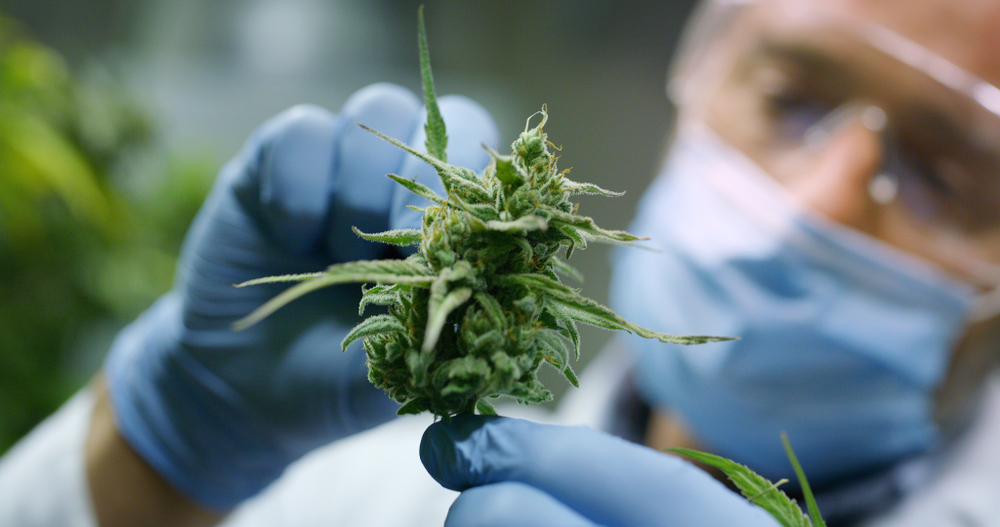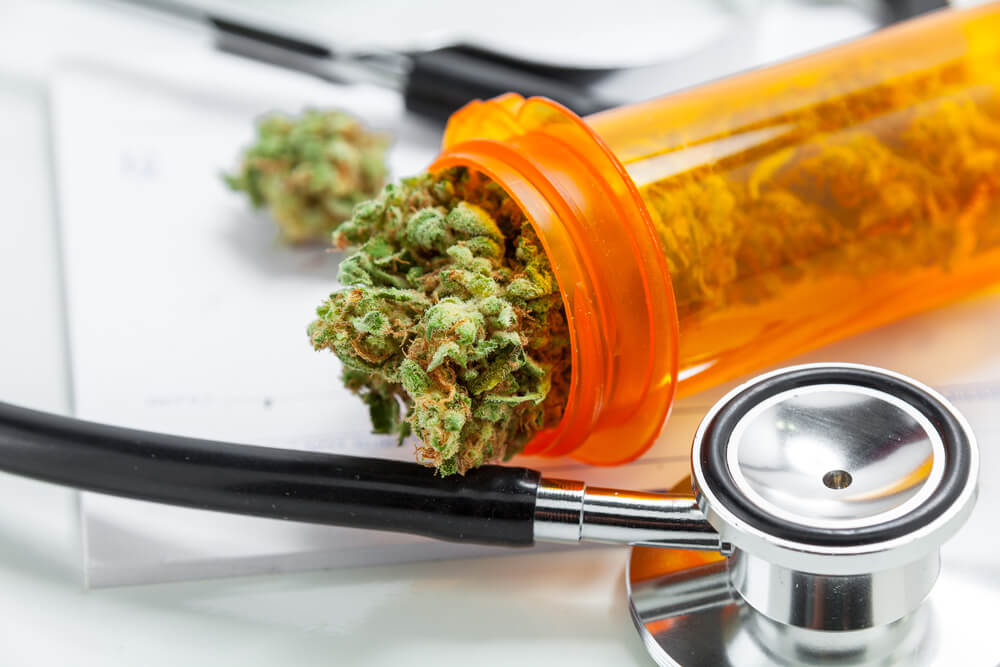You’ve heard of cannabidiol and tetrahydrocannabinol but what about cannabinol (CBN)? This newly discovered cannabinoid is showing promise as CBD’s next therapeutic successor.
Showing promise in being able to treat a variety of health ailments ranging from inflammation to pain and insomnia to Crohn’s, cannabinol is starting to enter the mainstream as another potential medical marijaunana cure.
Wondering what all the hype is about? Let’s explore everything there is to know about this newly discovered cannabinoid.
What is Cannabinol (CBN)?

Cannabinol (CBN) is a naturally formed compound via the aging process of THC. When THC is exposed to open air and sunlight, this process occurs rapidly.
When cannabis is stored in airtight containers in cool and dark places, this process occurs much more slowly. We do this to avoid turning our valuable THC into CBN. Cannabinol is not nearly as potent as THC, with action that is roughly 10% as strong as the effects of THC.
CBN was first isolated in 1899, and since then seven different types have been discovered. CBN is a natural part of cannabis. When THC ages and deteriorates, it converts into CBN, that’s why it’s important to learn how to keep weed fresh!
This process is called oxidation and occurs under normal storage conditions at a slow rate. This rate dramatically increases if you leave cannabis outside, in the sunlight, or in hot conditions.
There are likely small amounts of CBN in any dried flower you buy. Hopefully somewhere close to 0.1% of dry weight, but it can be higher than this. Especially when it comes to older weed, or product that has not been stored appropriately.
If you’ve ever smoked some old weed you found hidden away that’s been stored incorrectly and immediately fell asleep, you may have been hit hard by the higher than normal CBN levels.
CBN Research Findings
Overall, it is not well studied. In studies in labs, not on humans, CBN appears to possess possible immunosuppressive properties. This means that it may reduce the activity of your immune system.
This can be a positive effect for those with immune disorders but may be unwanted in otherwise healthy individuals.
There are also indications that cannabinol may be added to the arsenal of cannabinoids (CBD and others) used to treat Epilepsy and other seizure-related disorders. Research in the United States has been impacted by legal restrictions, but we are starting to see more cannabis research than ever.
Animal and Cell Research
CBN may have some negative effects or side-effects in larger doses. So far researchers have discovered that CBN has negative effects on the zebrafish embryos’ life cycle. We need much more research than this study of zebrafish, to explore potential benefits like those regarding suppression of the immune system.
There are conditions where this effect is very helpful. Another example of animal research includes one on rats on the topic of pain. Researchers saw long-lasting reductions of mechanical sensitization in these rats, particularly from a combination of CBN and CBD.
One could wonder if the slow breakdown of CBN compared to THC makes it a better long-lasting compound for consistent dosing throughout the day.
More findings from cell lines in labs indicate that CBN may have anti-tumorous properties, through regulation of cannabinoid receptors (particularly CB2).
These actions in labs provide evidence to suggest that CBN could be a potential medicine in anti-cancer therapy. On the other hand, CBN, along with THC and CBD, stimulated breast cancer cell growth in another study on cell cultures. This evidence has a far way to go, however.
Benefits of Cannabinol

Cannabinol has potent sedative effects but won’t get you very high. This is why your older weed may have induced a longer than expected nap or solid night’s sleep. These benefits are great when you want them, but they can make consuming CBN during the daytime far from productive action. While research on humans is severely lacking, there are many potential benefits of CBN
CBN is involved in the management of:
- Pain
- Insomnia
- Bone cell growth
- Appetite
CBN may play a positive role in the treatment of:
- Cancer
- Glaucoma
- Epilepsy
- Rheumatoid Arthritis
- Crohn’s Disease
- Post-operative Pain
CBN appears to hold the following properties:
- Antibacterial (specifically the MRSA bacteria)
- Anti-inflammatory (reducing inflammation in the body)
- Anti-convulsive (reducing seizures)
- Potent sedative
Side effects of Cannabinol
Generally mild, there are some negative side effects from CBN, particularly when taken in large doses. This is especially important for inexperienced consumers of cannabis. Reduce the chances of side effects by starting with a low dose and slowly increasing it over time. Due to reduced activity inside your body, cannabinol may produce fewer red-eyes and cottonmouth than produced by THC. From what we know so far, the side effects of CBN include:
- Fatigue
- Dizziness
- Appetite loss
- Drowsiness
Reading through these lists, you may notice some overlap with CBD. In the following section, we’ll learn about what makes CBN and CBD different, along with similarities. Most of us have likely read about CBD far more than CBN, and so this comparison can help bring out cannabinol knowledge up-to-speed.
CBN vs CBD – What’s the Difference?

These two compounds act differently in the body due to the difference in composition. If cannabinol is the aged twin of THC, CBDN is the aged twin of CBD. This would make CBN and CBD more like siblings, with differing effects they produce.
While CBN is mildly psychoactive and impairing (only a fraction of the impacts of THC), CBD is non-impairing but can influence your mind. CBD is used by people to manage sleep, stress, pain, inflammation commonly. CBN and CBD may overlap in regards to some of these impacts, but we do not yet know enough about CBN to confirm so.
Both CBD and CBN may be consumed to promote sleep while avoiding impairment. CBD is likely a better compound for dosing throughout the day, as the stronger sedative effects of CBN can make it hard to stay awake until your normal bedtime.
In terms of chemical composition, these two compounds vary in their design. Although our body breaks down these two compounds similarly, they are not identical.
CBN has one extra aromatic ring, which slows the metabolism of this compound. This may make CBN the better choice for a longer-lasting sleep at night, while CBD would be better for your daily doses at a shorter interval.
This is where the addition of CBN and CBD may also promote longer-lasting impacts than with CBD alone. There are many differences, but these provide potential synergies due to these unique qualities.
Does CBD turn into CBN?
We have discussed how THC converts into CBN, so one may wonder if CBD does as well.
The answer is no, as when CBD ages, it forms CBDN, not CBN.
CBDN was discovered in 1972, as an artifact of CBD via the oxidation process. This CBDN formed by aging CBD is equivalent to CBN form by aging THC.
Both THC and CBD are formed from the same compound in the plant, although they develop unique qualities.
Think of it as two streams, both starting with CBG (or CBG-A) and then splitting into two. These streams each have unique aging processes, and that is why we end up with two different compounds from the aging of THC and CBD (cannabinol and CBDN, respectively).
What’s Next for CBN
Much more research is needed to understand more about this powerful compound. Through increased research, we will be better able to identify the true benefits, downsides, and risks of cannabinol.
Intentionally breeding, cultivation, and processing practices will lead to dried flower with higher levels of CBN than seen before.
One day consumers may seek out high-cannabinol strains like we currently consider THC and CBD levels when buying weed.
Expect to hear more about this potentially beneficial strain moving forward. And for those who want to avoid wasting THC, knowing how to avoid the formation of CBN is critical.
As mentioned, this is as simple as keeping weed fresh in an airtight container stored in a dark cool space.
Happy trails!




